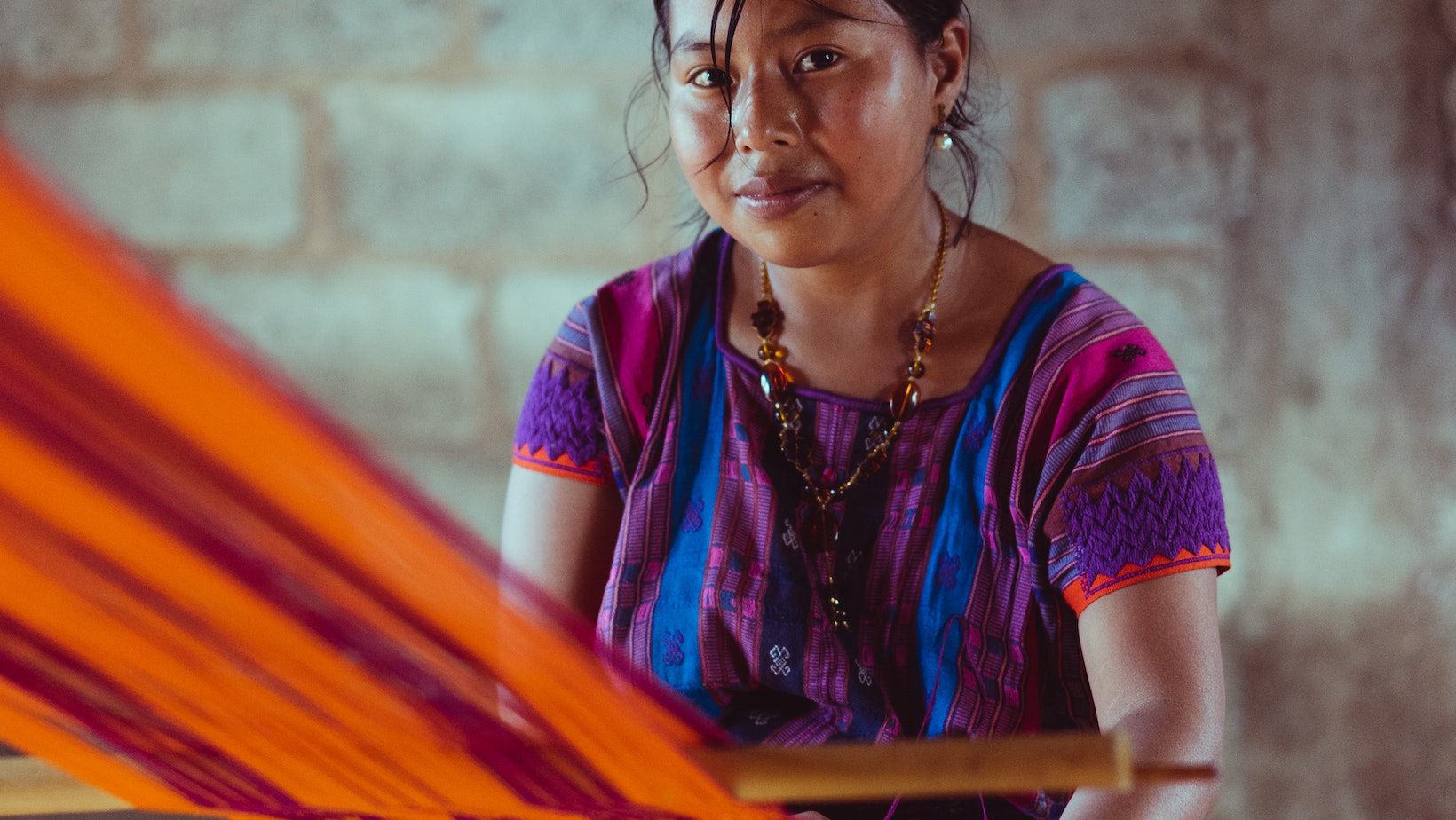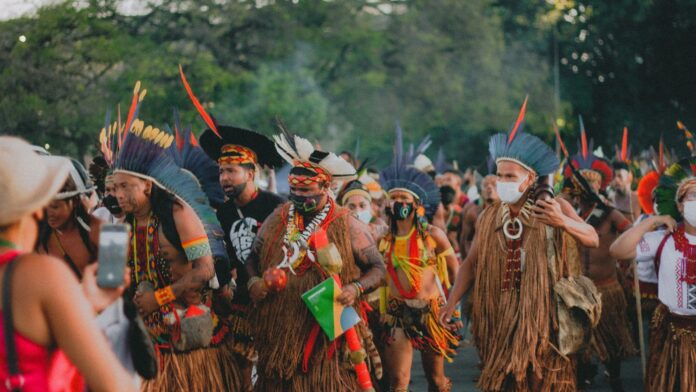Native Americans Were Collectively Naturalized
Welcome to a deep dive into a fascinating slice of American history. We’re talking about the time when Native Americans were collectively naturalized. It’s a story that intertwines the fabric of our nation’s past with the threads of immigration and citizenship.
It wasn’t until the early 20th century that Native Americans, the original inhabitants of this land, were granted the rights and privileges of American citizenship. Yes, you heard that right. It took centuries for the U.S. government to recognize them as citizens, a fact that’s often overlooked in our history books.
In this article, we’ll explore the journey of Native Americans towards naturalization. We’ll uncover the events leading up to the Indian Citizenship Act of 1924, the impact it had, and the struggles that continued even after its enactment. So, buckle up for a journey back in time, as we shed light on this pivotal moment in American history.
The History of Native Americans in the United States
When we delve deeper into the history, Native Americans were collectively naturalized in the United States only in the 20th century. This fact is a stark reminder of the prolonged struggle they endured to gain citizenship in their homeland.
- Before the enactment of the Indian Citizenship Act of 1924
- The journey towards naturalization
- The impact and ongoing struggles post-enactment
Before the enactment of the Indian Citizenship Act of 1924, Native Americans lived in the United States but without any legal recognition as citizens. Their status as “non-citizens” persisted despite them being the original inhabitants of the land.
In their journey towards naturalization, various events played significant roles. The Dawes Act of 1887, for instance, granted citizenship to those who abandoned their tribal affiliations and adopted the “civilized” way of life. Yet, this piecemeal approach towards naturalization was far from satisfactory.
With the introduction of the Indian Citizenship Act of 1924, Native Americans were collectively naturalized. This legislation marked a significant turning point in their struggle for citizenship. But it’s worth noting that the Act didn’t automatically translate into voting rights for all Native Americans.
Even post-enactment, Native Americans faced numerous struggles. They had to navigate through various state laws that often worked against their newly acquired status as citizens. The process of fully integrating into the American society was fraught with challenges, a situation that persists to this day.

The Concept of Collective Naturalization
Collective naturalization might seem like a complex term but it’s simply the process where a group of people are granted citizenship en masse, without the need for individual applications. This is exactly what happened when Native Americans were collectively naturalized in the United States in 1924.
The Indian Citizenship Act of 1924 was the landmark legislation that marked this collective naturalization. This act recognized the Native Americans as citizens, who were, ironically, the original inhabitants of the land. The act was a significant turning point in the history of Native Americans, albeit, not without its share of issues.
However, it’s important to understand that the journey towards this collective naturalization was neither easy nor straightforward. It was fraught with numerous hurdles and setbacks. For instance, the Dawes Act of 1887, which predated the Indian Citizenship Act, only granted citizenship to those Native Americans who renounced their tribal affiliations. This posed a significant challenge for Native Americans, pushing them to give up their cultural heritage for the sake of citizenship.
Even with the enactment of the Indian Citizenship Act, the struggle did not end. It merely marked the beginning of a new chapter in the ongoing struggles faced by Native Americans. It took decades for them to fully integrate into American society, a process that is still ongoing and fraught with challenges today. So, while the concept of collective naturalization might seem like a straightforward process on the surface, the reality is far more complex and laden with historical and cultural implications. The collective naturalization of Native Americans is a testament to this complexity, a vivid illustration of the struggle for recognition and acceptance in a land that was once solely theirs.
Understanding the Process of Collective Naturalization
Collective naturalization is an interesting concept. It’s the process where an entire group is granted citizenship, rather than individuals applying separately. This is precisely what happened when Native Americans were collectively naturalized in 1924 through the Indian Citizenship Act. However, understanding this process requires a deeper look into the historical and legislative aspects of the time.
In the late 19th and early 20th centuries, Native Americans faced a series of legal and societal hurdles. One such obstacle was the Dawes Act of 1887. This Act required Native Americans to renounce their tribal affiliations to be eligible for citizenship, a demand that was deeply distressing given their cultural and spiritual ties to their tribes. Despite this, many Native Americans chose to renounce their affiliations in pursuit of citizenship, only highlighting the complexity of their struggle.
Fast forward to 1924, the Indian Citizenship Act was passed. This Act granted collective naturalization to all Native Americans, recognizing them as US citizens. They no longer had to renounce their tribal affiliations, a significant step towards respecting their cultural identity.
Yet, even after collective naturalization, the journey wasn’t over for Native Americans. They continued their uphill battle to fully integrate into American society, facing ongoing discrimination and cultural misunderstanding. This chapter of history showcases the strength and resilience of Native Americans while underscoring the cultural implications and complexities of collective naturalization.
Remember, the story of Native Americans’ path to citizenship is not a simple tale. It’s a narrative filled with struggle, resilience, and an ongoing quest for recognition and acceptance. This journey, marked by the collective naturalization of 1924, is a crucial part of their history and the broader narrative of American citizenship.
The journey towards collective naturalization for Native Americans has been a long and arduous one. It’s a tale woven with the threads of resilience, persistence, and an unwavering commitment to justice. The Dawes Act of 1887 and the Indian Citizenship Act of 1924 were significant milestones, but they didn’t mark the end of the struggle. Native Americans continue to navigate the complexities of maintaining their sovereign status while integrating into American society. Their journey is a testament to their enduring spirit and relentless pursuit of justice. It’s a story that reminds us of the importance of acknowledging and respecting the rights and identities of all citizens. The collective naturalization of Native Americans is not just a historical event, but a significant chapter in the ongoing narrative of human rights and equality in the United States.


